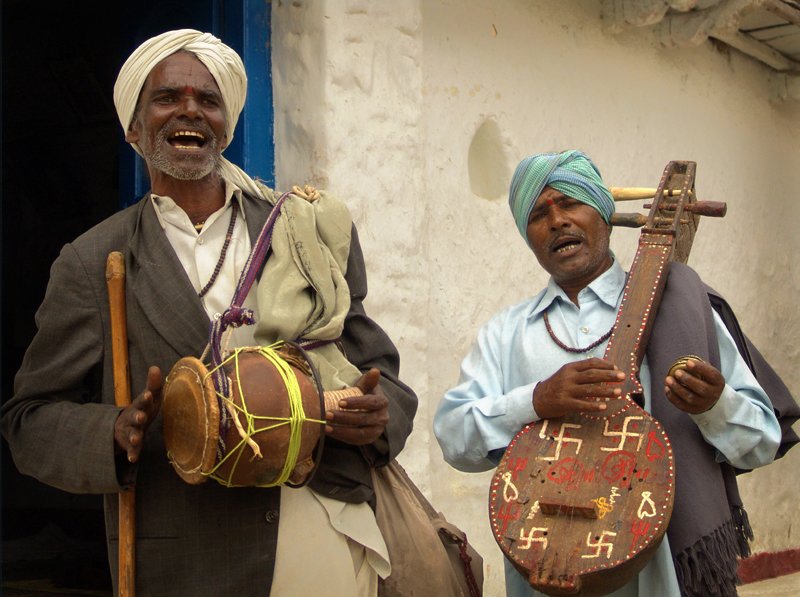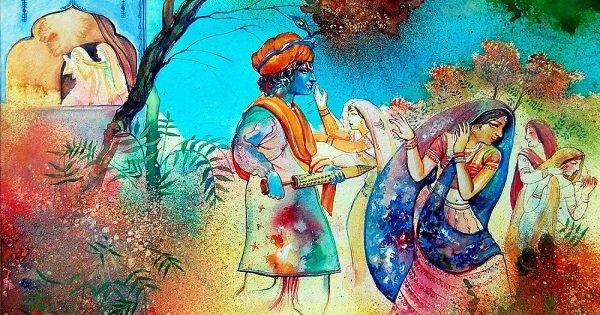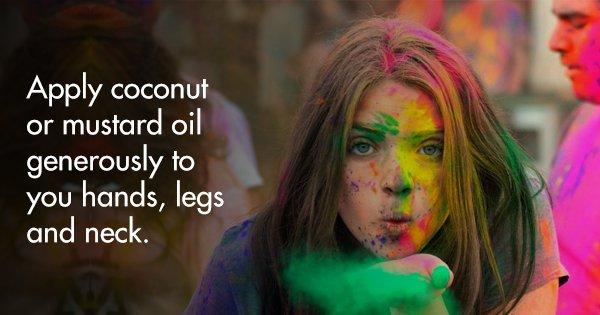In the past few years, we’ve become quite modern. From communicating to another part of the world to buying the tiniest of objects sitting at home, we have technology for everything. But the speed at which technology is taking over means that various traditional professions are dying out. The ‘professionals’ we once hunted down for often find themselves with little or no work.
A sense of nostalgia now looms over us when we come across one of these people in an obscure corner of a market. But then again, we realize that we don’t really need their services anymore. As we increase our dependence on technology, their livelihood gets affected.
Here are the dying professions of India that are almost on the verge of death but no one can take away their old world charm from them:
1. The Scribes of Old Delhi
As you download calligraphy apps on your phone for an elegant font, you must know that at a point of time, calligraphers were much in demand for their services. In fact, during the Mughal era, royals would give patronage to calligraphers. They inscribed books and made posters. All of these items were in high demand as people believed that holy verses would bring them good luck. However, with the introduction of different fonts and apps for calligraphy, the art which was once a booming and respected profession, finds itself only a few buyers now.
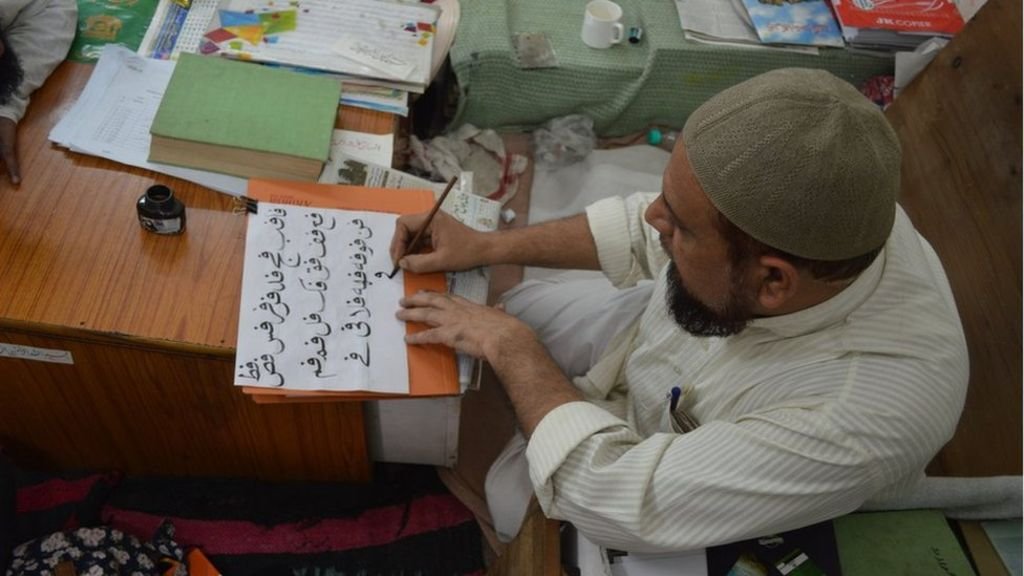
2. The Knife Grinders
Back in the day, a knife grinder would call out to people with ‘Chaaku tez karva lo’ and people would come running to him with all their blunted knives. These guys have never charged high prices for what they do, and now, making ends meet has become extremely difficult for them. People replace kitchen knives with new ones. They’re easily available in markets and can even be bought online. And it is the knife grinder, now, who runs around to find a job.
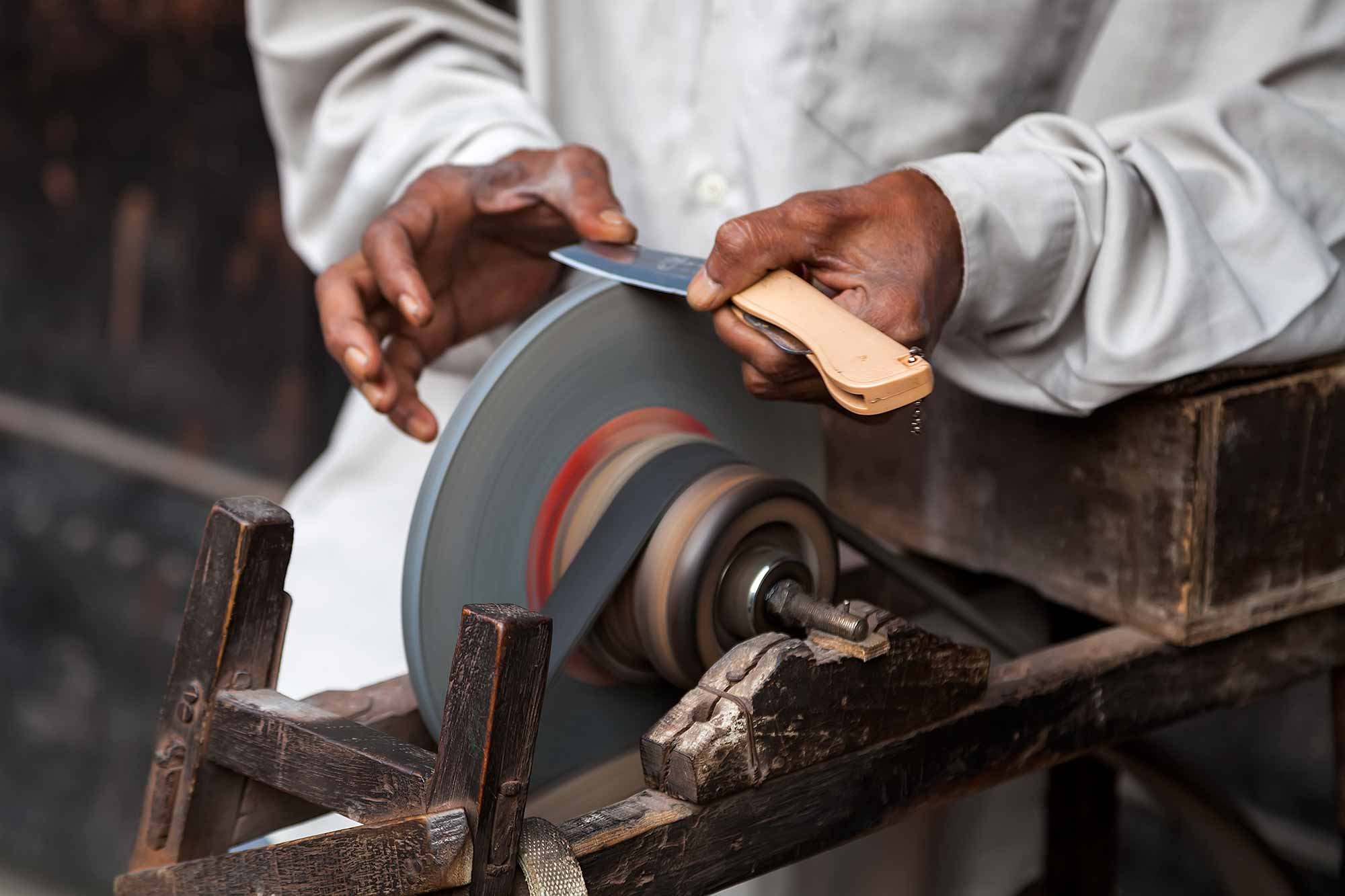
3. The Rudaalis of Rajasthan
In the Thar desert of western Rajasthan, women from the upper-castes were expected to keep their emotions to themselves even during the time of death. Hence, Rudaalis, comprising of lower-caste women, were called in to grieve. They would cry loudly, beat their chest and slap the ground. This would go on for 12 days and that’s how Rudaalis would make money. However, as the time progressed, norms changed. Now, people prefer quieter funerals which means that Rudaalis find very little work.
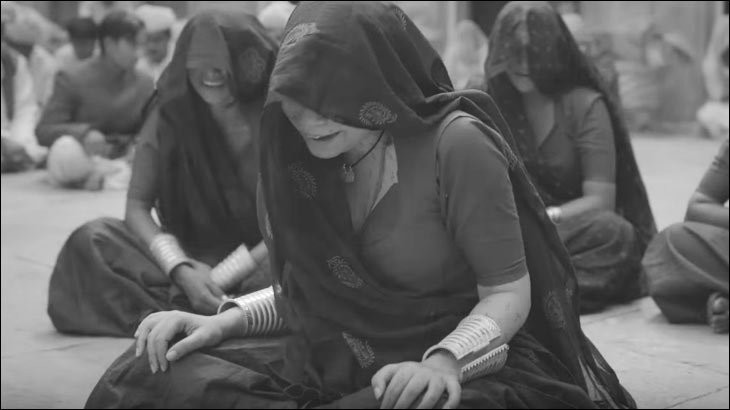
4. The Ear Wax Cleaners
The ear wax cleaners roam around the streets, trying to make people believe that their ear hygiene needs to be taken care of. However, they find it harder to make people believe the need for their services these days. In the past, it was easier to find clients. In fact, people would come looking for them. Now, the idea of ‘modern’ has taken over their job. No one wants to sit in the middle of a public place to get their ears cleaned.
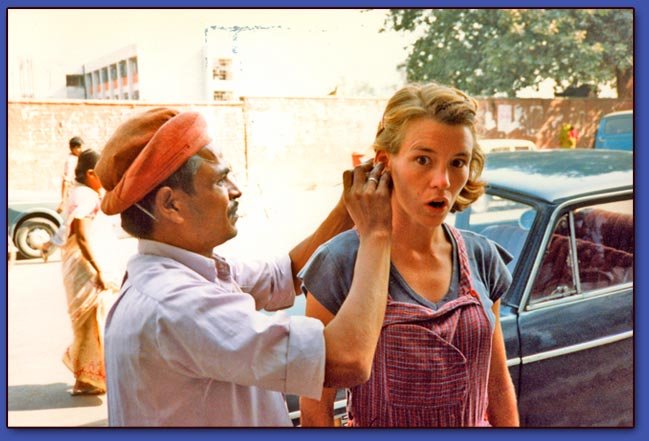
5. The Genealogists of Haridwar
After a death, the male members of Hindu families go to Haridwar to immerse the body’s ashes. The pandits who perform the rituals are also supposed to be in charge of keeping family records of births, marriages and deaths. The idea behind this recording is that it will immortalize the person who died. However, everything is digital now, and the society has moved to a more scientific worldview. This means that the genealogists are not needed to keep records and find very few visitors.
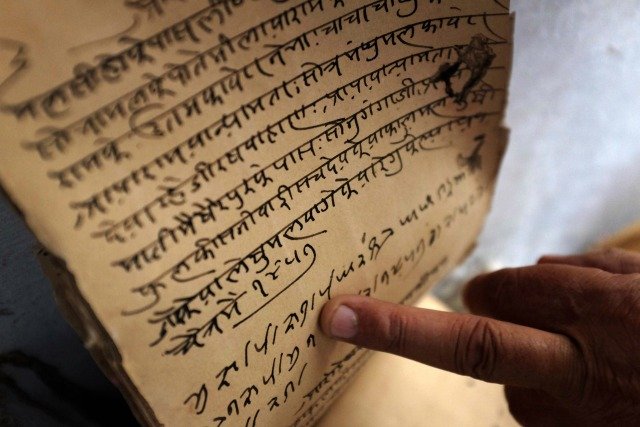
6. The Ittarwallas
Ittarwallas were quite in demand. They would pass a street and be called into houses to sell their vials. A bottle of jasmine to remind of spring or one of sandalwood for an earthy aroma, women would buy various scents from them. However, now people have shifted to synthetic perfumes. There is more variety, and they’re more effective. This means that the ittarwallas find very few customers who still have a nose for natural smells.
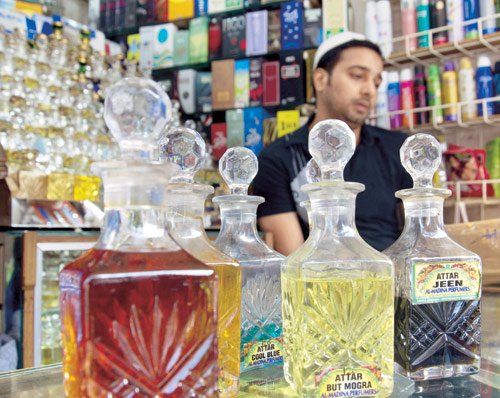
7. The Potters
Have you ever used a piggy bank made out of clay? Breaking it after collecting enough coins would make any child feel rich. These piggy banks were bought from potters who also sell matkas, diyas and other clay objects. However, we’ve lost the habit of keeping clay piggy banks, no one buys matkas anymore and diyas are bought only around Diwali. Years ago, potters were in demand but modern items that are more durable have replaced the need for pottery items.
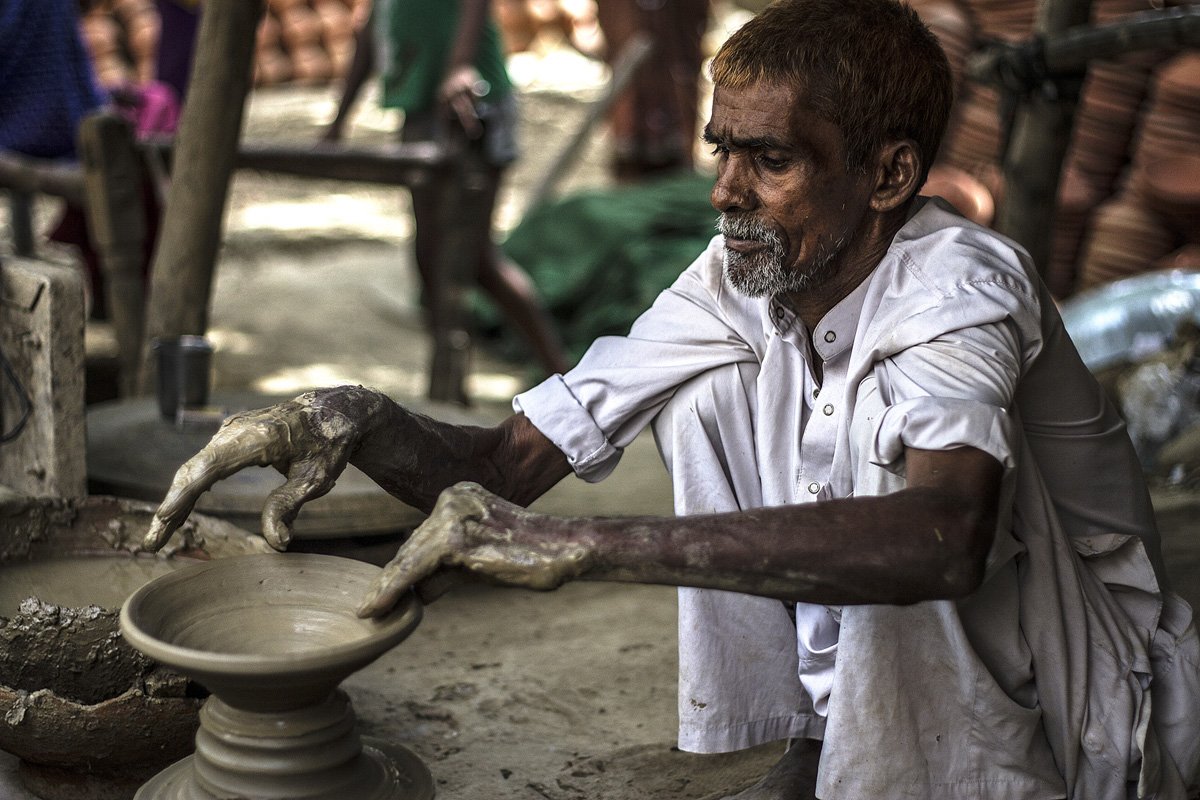
8. The Letter Writers
We’ve got our smartphones with about a dozen apps to communicate these days. However, before smartphones came into our lives, we communicated through letters. Letter writers were like saviours for people who could not read and write. But the letter writers found that the world got bigger and they became smaller every passing day. Not a lot of people need them these days.
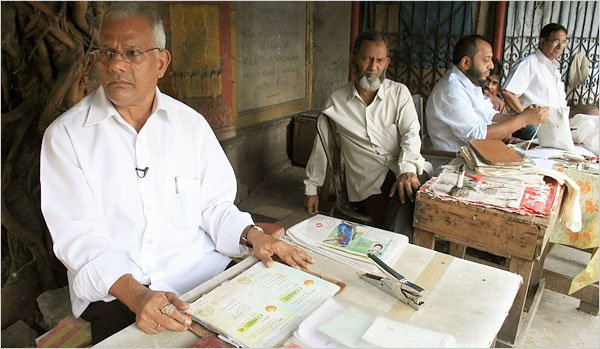
9. The Godna Artists of Jharkhand
The tribal women go through the ritual of tattooing themselves with various symbols that stand for fertility, prosperity and protection from evil. The ‘Godna’ ceremony marks the passage from girlhood to womanhood. The artists who are called are from a lower-caste and survive on the little food and money that they get from these ceremonies. However, with the mindset of people changing and migration, the ceremony is being forgotten fast, and so are the Godna artists.
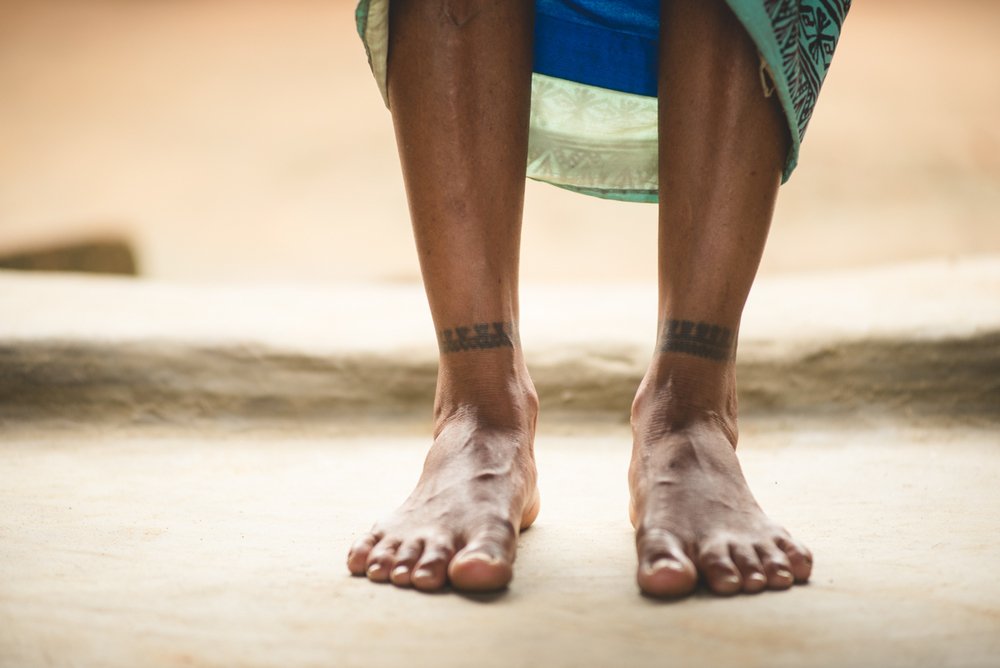
10. The Story Tellers of Andhra Pradesh
We’ve all got our favourite shows and our Netflix subscriptions ready but before sitcoms entered the world of entertainment, there were story tellers. They could transport their audience into a new world using just their words. They could make the viewers laugh and cry. However, now that we’ve got so much entertainment just a click away, we’ve lost our love for story telling. We left our story tellers behind when we moved into the world of technology.
